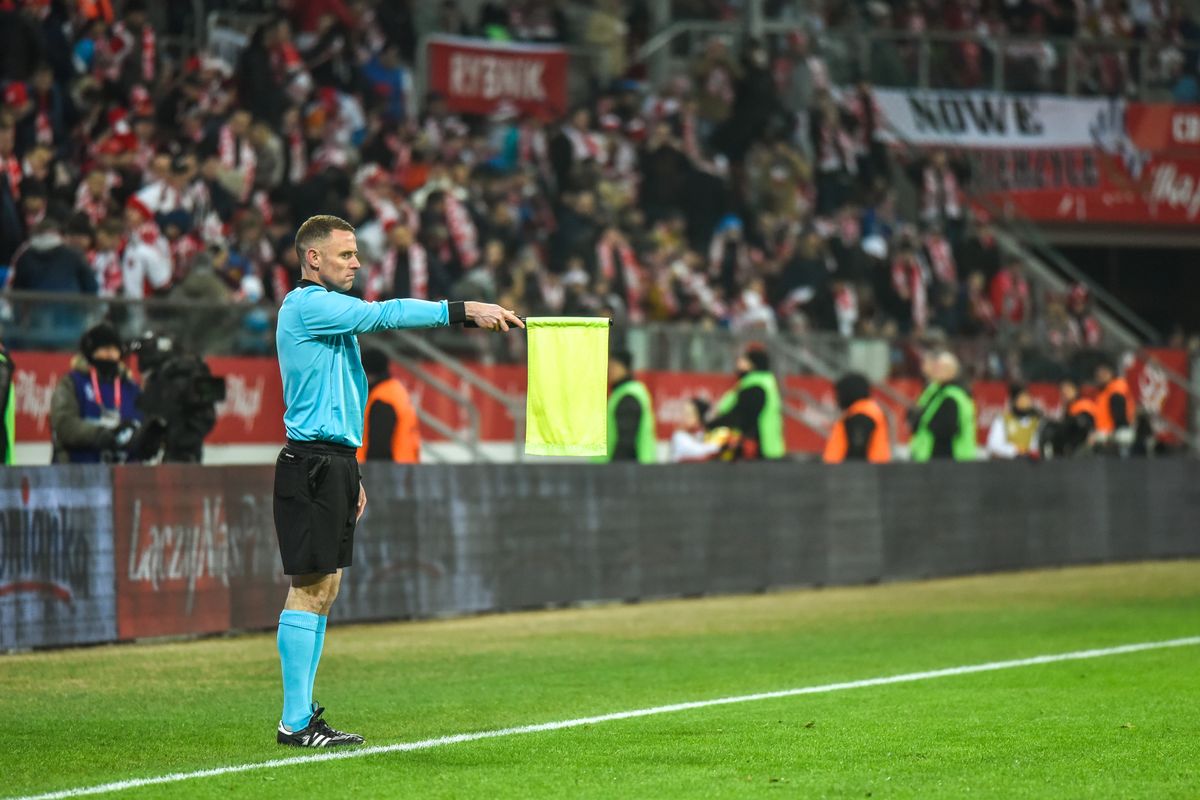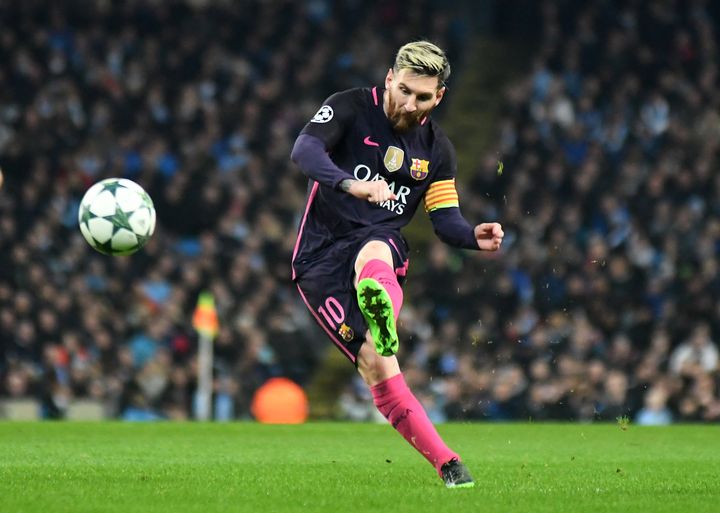The Offside Rule Explained
The offside rule in soccer ensures fair play and game integrity. This article explains offside, its enforcement, and the role of VAR in three key aspects: the rule's purpose, defining offside, and VAR's influence on decisions.

The offside rule is a fundamental aspect of soccer (also known as football in many parts of the world), designed to ensure fair play and maintain the integrity of the game. It can be tricky to grasp at first, but you'll appreciate how it enhances the sport once you understand it. In this article, we attempt to explain all aspects of offside in understandable language, including the role of VAR.
Why Offside?
The offside rule is implemented in various sports for different reasons. In soccer, the offside rule was introduced to prevent a player from standing in the opponent's penalty area and waiting for the ball to score. This makes the game less attractive and perhaps even more defensive because no team wants to concede goals easily.
Field hockey used to have an offside rule similar to that of soccer. However, it was decided to abolish the rule in that sport to make the game more attractive and encourage more scoring. In contrast, there has been a move in the opposite direction in soccer. With the introduction of VAR (Video Assistant Referee), the offside rule has been tightened, and it has become a matter of millimeters. A goal can be disallowed for virtually invisible reasons to the naked eye.
What is Offside?
A player is offside when they receive the ball while positioned between the goalkeeper and the last defender of the opposing team. The moment when a teammate passes them the ball is crucial. If the player is behind the last defender of the opponent at the moment of the pass, it is considered offside.
Being in an offside position alone is not an offense. It only becomes an offense if the player becomes actively involved in the play, meaning:
- Gain an advantage from being in an offside position (e.g., receiving a rebound off the goalkeeper or a defender).
- Interfere with an opponent (e.g., obstructing the goalkeeper's line of vision or attempting to play the ball).
- Gain possession of the ball from a rebound or a deliberate save by an opponent.
A player is also offside if they are past the goalkeeper and receives the ball played in a forward direction.
A free-kick is awarded to the opposing team when a player is offside.
Being offside does not result in a yellow card
Not an Offside Offense
If they are level with the second-to-last defender when the ball is played, it's not considered offside. If they are level with or behind the ball when it is played to them, it is not regarded as offside either.
Furthermore, a player cannot be offside on their (own) half of the field. On that part, they can receive the ball behind the last defender of the opposing team without any issues.
Swift attackers look for an opportunity to sprint past the opponent's defense. When a teammate launches them with a long pass, they start running from their own half. Sometimes, they immediately have a 6-meter lead over an opponent. It may seem offside, but it can never be offside because they are still on their own half when their teammate makes the pass.
Several situations are NOT considered offside offenses, even if a player is in an offside position:
- Being offside when the ball is played but the player is not actively involved (i.e., not attempting to play the ball or interfering with an opponent).
- Receiving the ball directly from a goal kick, corner kick, or throw-in.
- Being in an offside position while receiving the ball from a teammate who deliberately plays the ball backward (onside by pass).
- Being in an offside position when receiving the ball directly from an opponent, for example, when they play it back to their goalkeeper.
In several countries (Netherlands, Sweden, Italy), FIFA is testing a modification of the offside rule this year. In essence, a player can already be offside by as little as half a centimeter. However, according to the modified offside rule, they are not considered offside until their entire body passes the last defender. FIFA is optimistic that this adjustment will bring more excitement to the game, making it more dynamic and spectacular.
How Offside is Enforced
The referee and assistant referees (often called linesmen or assistant referees) enforce the offside rule. They rely on their judgment and positioning to determine if a player is in an offside position and actively involved in the play. To do this as accurately as possible, the assistant referee tries to stay in line with the last defender. When an opponent appears behind that virtual line, they must determine whether the player was there when the pass was made or was already behind the last line.
Offside Violation Consequences
If an offside offense is called, the opposing team is awarded an indirect free-kick from where the offside player interfered with play. The offside player is not penalized beyond the free-kick unless they commit another offense (e.g., a foul) during the same sequence of play.
The Role of VAR in Offside Decisions
VAR, or Video Assistant Referee, is a technology-driven system that assists match officials in making correct and fair decisions during soccer matches. VAR has been implemented to provide a more precise and consistent application of the offside rule, among other aspects of the game.
How VAR Works in Offside Situations:
- Incident Review: When a potential offside situation occurs, the VAR team reviews video footage from various angles to determine whether an offside offense has occurred.
- Assistant Referee Communication: The VAR team communicates with the on-field assistant referees, who may have flagged or kept their flags down during the play due to a potential offside situation.
- On-Field Review: In some cases, the on-field referee may decide to consult the pitchside monitor to review the footage and make a final judgment personally.
VAR's Impact on Offside Decisions:
VAR has had several critical impacts on offside decisions in soccer:
- Increased Accuracy: VAR allows for precise and objective assessments of offside situations. It reduces the likelihood of incorrect decisions based on the limited perspective of the assistant referees on the field.
- Reduced Controversy: While offside decisions can still be contentious, VAR has helped reduce the number of apparent errors.
- Fair Play: VAR promotes fair play by ensuring players do not gain an unfair advantage by being offside. It upholds the spirit of the offside rule.
- Complex Cases: VAR is beneficial in assessing difficult offside situations where it may be challenging for the human eye to determine whether a player is onside or offside.
VAR Protocol for Offside Decisions:
The following steps are typically followed when VAR is used for offside decisions:
- Check for Offside: The VAR team reviews the video footage to check for a potential offside situation.
- Line Drawing: Technology is often used to draw virtual lines on the screen to determine the positions of the relevant players and the ball at the moment of the pass.
- Communication: The VAR team communicates its findings to the on-field referee, who may decide to review the footage or trust the VAR's judgment.
- Final Decision: The referee makes the final decision based on the VAR's assessment.
VAR has revolutionized the way offside decisions are made in soccer. It adds an extra layer of scrutiny to ensure that offside calls are accurate and fair. The role of the assistant referee has changed with the introduction of VAR. While the assistant referee may have already flagged for offside, the game often continues until VAR confirms that it was indeed offside, at which point the referee blows the whistle. This sometimes leads to confusing situations.
Top 10 goals scored from Offside.
While VAR has been a subject of debate and controversy, it has ultimately contributed to the goal of achieving fairness and justice in a sport that is becoming increasingly fast-paced and dynamic. The stakes in professional football are so high that human decisions are often considered too subjective. Technology objectifies decisions, making them easier to accept. In the end, VAR is a valuable tool that assists referees in upholding the game's rules, including the offside rule, to benefit all participants and fans.




